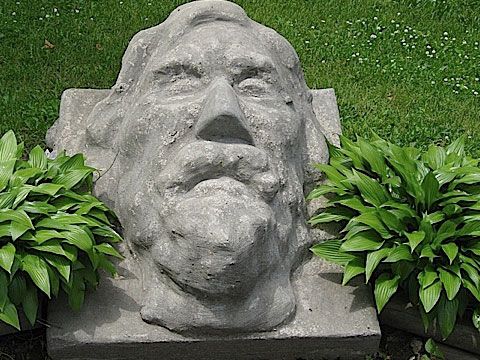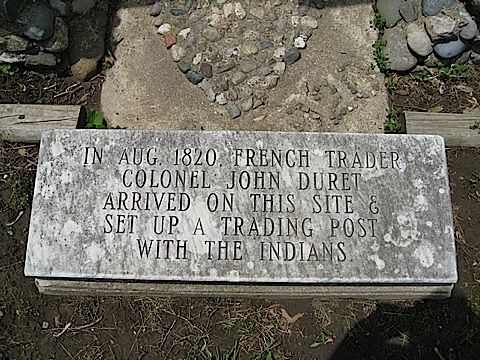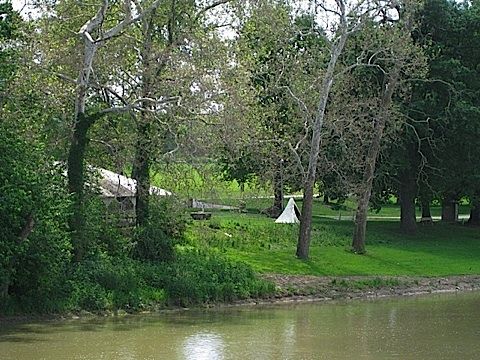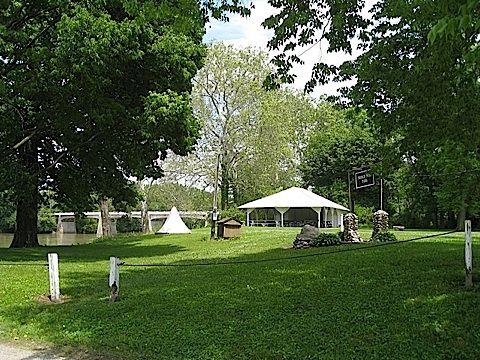French Post Park




Information Packet Now Available
Overview
French Post Park is a popular fishing area on the Wabash River with a shelter house, picnic tables, playground equipment, water, portable toilet, and a concrete DNR boat ramp. It is one of two Carroll County parks.
The park is located on the south side of the Wabash River, about halfway between Delphi and Logansport. It is near the Lockport Bridge which crosses the Wabash from Lockport on the Towpath Road in Adams Township to CR 275W in Rock Creek Township. You can also arrive at the park via SR 25 by turning west at Burrows onto County Road 900N, right on Meridian, and left on 1050N, following the signs to the park.
The beautiful scenery along the Wabash provides a quiet place for contemplation and recreation. While you are at French Post Park, be sure to notice Rock Creek entering into the Wabash. The stronger force of the Wabash forces the smaller body of water upstream for a short distance. Rock Creek drains land from as far away as Washington Township and along the Michigan Road (SR 29).
Fishing, picnicking, canoeing, and boating are popular pastimes in this area. There is no charge for use of the shelter house.
The park is cared for by the Carroll County Park Board and The Friends of Carroll County Parks.
History of French Post Park
French Post Park was dedicated as a county historic place August 18, 1923. For three years beginning in 1820, this was the site of a fur-trading post.
Jean Baptiste (John B.) Duret was born near Detroit in 1796, became well educated for the time, and eventually became a clerk for a large fur-trading trading company. In 1820 he left Michilimackinac in the northern part of Michigan and came via Lake Michigan and the St. Joseph River to a trading post at the present site of South Bend. From there he used pack-horses to reach Fort Wayne and descended the Wabash River to establish a trading house where Rock Creek joined the Wabash in what became Carroll County.
He built a log cabin and developed a very prosperous trade with the local Potowatomi Indians. Pelts and goods for trading were transported to and from Fort Wayne on the Wabash River. In 1823 Col. Duret moved to Fort Wayne where he worked for John Tipton, the Indian agent. He later became an early settler of Logansport in Cass County and held several county offices there until his death in 1855.
Even after Duret left the trading post, the site of the present park continued to be used as a public meeting place. Well over a century later, in March 1923 the ground was purchased from Charles W. Harvey for $500. Money had been raised from area residents as well as others in Carroll and Cass Counties, and a corporation called the French Post Park Association was formed. Lewis Temple, Benjamin Stuart, and Harry Milroy were among the leaders of this development.
On August 18, 1923, a park was established at the site in Duret’s honor, dedicated by local dignitaries with speeches and musical presentations. Several hundred people from surrounding counties attended.
Harry C. Milroy had painted signs commemorating the Indian trail and later stagecoach route that ran along the Wabash, the Wabash and Erie Canal, and the Wabash railway. These signs are gone, but a bust of Colonel Duret by Milroy that was placed on site and a marble plaque in his honor are still featured. The original stone pillars still hold the park sign.
A shelter house which still stands was built many years ago. Iron Workers Local 379 formed and poured concrete and built picnic tables for the shelter house in the 1950s. They used the facility for annual picnics until the 1970s. Boy Scouts cared for the park and held meetings during the same period. Local residents have volunteered their time over the years for the maintenance and betterment of the park, and it is now owned by the County.
